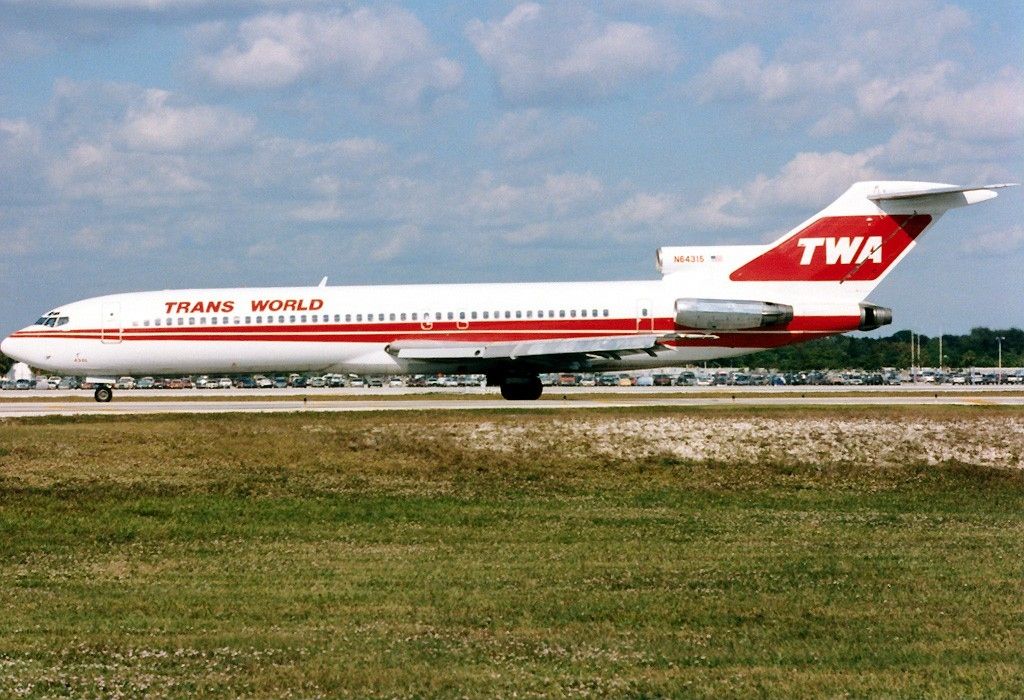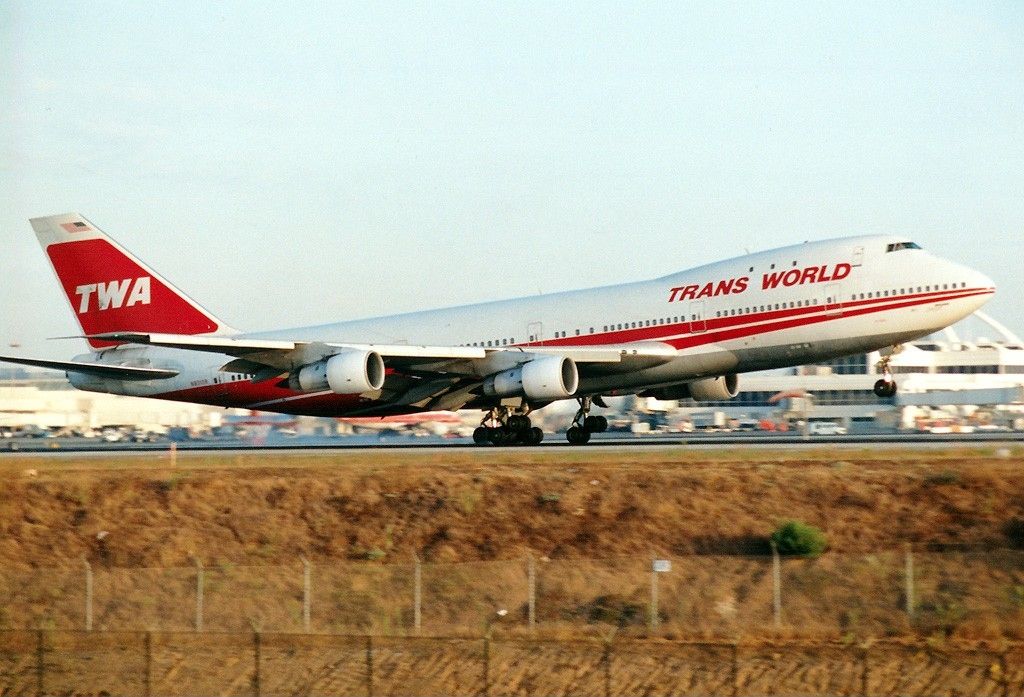Trans World Airlines Flight 847 was a regularly scheduled flight from Cairo (CAI) to San Diego (SAN), with intermediate stops in Athens (ATH), Rome (FCO), Boston (BOS), and Los Angeles (LAX). The flight was operated by a Boeing 727.
However, on June 14th, 1985, Flight 847 was hijacked soon after take-off from Athens. The hijackers demanded the release of 700 Shia Muslim prisoners from Israeli custody. This was just the start of a lengthy ordeal for the 139 passengers and eight crew members onboard Flight 847 that day, which was being operated by a Boeing 727 registered as N64339.
A three-day ordeal for those onboard
The two hijackers, who were armed with a 9-mm pistol and grenades, immediately wanted to identify those onboard who had “Jewish-sounding names.” They forced the plane to land in Beirut. There was also a third would-be hijacker who was denied boarding due to the aircraft being full and was later arrested.
The aircraft stopped at Beirut first to release 19 of the passengers and to pick up additional fuel. It then made its way to Algiers, where a further 20 passengers were released. The Boeing 727 subsequently made its way back to Beirut International Airport (BEY), which at the time did not have any perimeter or security, which meant that anyone could access the runway.
Throughout the ordeal, the hijackers had been singling out and beating all military passengers. This time, they chose US Navy diver Robert Stethem, who was beaten and then shot in the head, before having his body dumped onto the ramp and shot again. While on the ground in Beirut, the hijackers were joined onboard by nearly a dozen others.
But that wasn’t the end. The aircraft returned to Algiers once more, where another 65 passengers were released. It then returned to Beirut one final time, where the aircraft remained on the ground until the end of the hijacking. The hijackers’ initial demands included
- The release of over 700 Shia Muslim prisoners from Israeli custody
- The withdrawal of Israeli forces from south Lebanon
- The international condemnation of Israel and the US.
An end to the ordeal
The final hostages were released on June 17th to Nabih Berri, a Lebanese government official, and moderate Shiite leader. At this point, only 40 hostages were left on the aircraft, although one was released due to heart trouble, and Berri protected them at a secure location.
For the next two weeks, there was a stand-off between the US President and the officials of Lebanon and Israel at Beirut International Airport. This came to an end on June 30th when all the hostages were sent off to West Germany, later being welcomed home by the US President.
The Boeing 727 involved in the incident, registered as N64339, was undamaged and returned to service shortly after. The aircraft remained with TWA until September 30th, 2000, and was actually the final 727 ever to fly revenue service for the airline.
Flight attendant to the rescue
One of the flight attendants onboard Flight 847, Uli Derickson, was very helpful in defusing the situation because she spoke German, which was her only common language with the hijackers. She was able to act as a translator for the situation.
She also helped to resolve a tense situation in Algiers between the hijackers and the airport officials, who refused to fill the plane with fuel without payment. She offered her own credit card to make the payment. She was charged roughly $5,500 for 6,000 gallons of fuel, although this was later reimbursed.
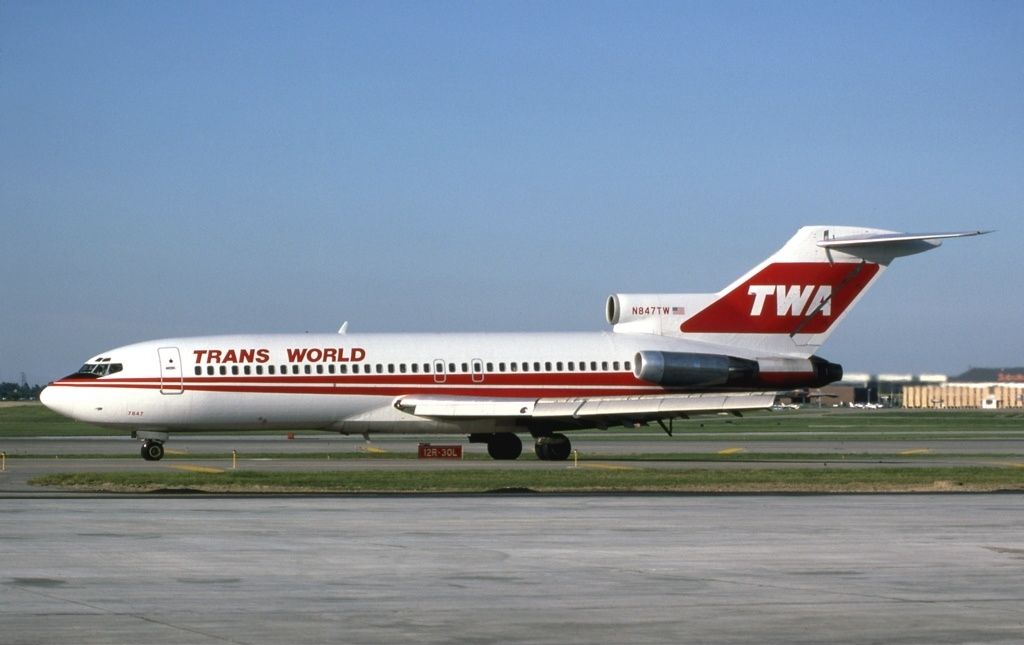
You might also like:
TWA Flight 847 – A Cabin Crew Perspective
A very brave flight attendant in a horrific situation
Between 1969 and 1986, TWA was targeted six times by hijackers and terrorist groups. Among the other notable incidents were:
- Flight 741 – was hijacked en route from Frankfurt to New York and flown to Jordan, where those onboard were released, but the aircraft was destroyed.
- Flight 841 – crashed into the ocean shortly after take-off after a stopover in Athens while en route from Tel Aviv to New York in 1974, killing all 88 people onboard. It is believed the crash was caused by a bomb in the cargo hold.
However, the airline’s most deadly incident was not terrorist-related. It occurred on July 17th, 1996, when Flight 800 came down shortly after take-off from New York John F. Kennedy International Airport (JFK) en route to Rome (FCO), with a stopover in Paris (CDG). All 230 passengers and crew members onboard were killed in the crash, which, according to the investigation by the National Transportation Safety Board (NTSB), was likely caused by a short circuit igniting one of the Boeing 747’s fuel tanks.
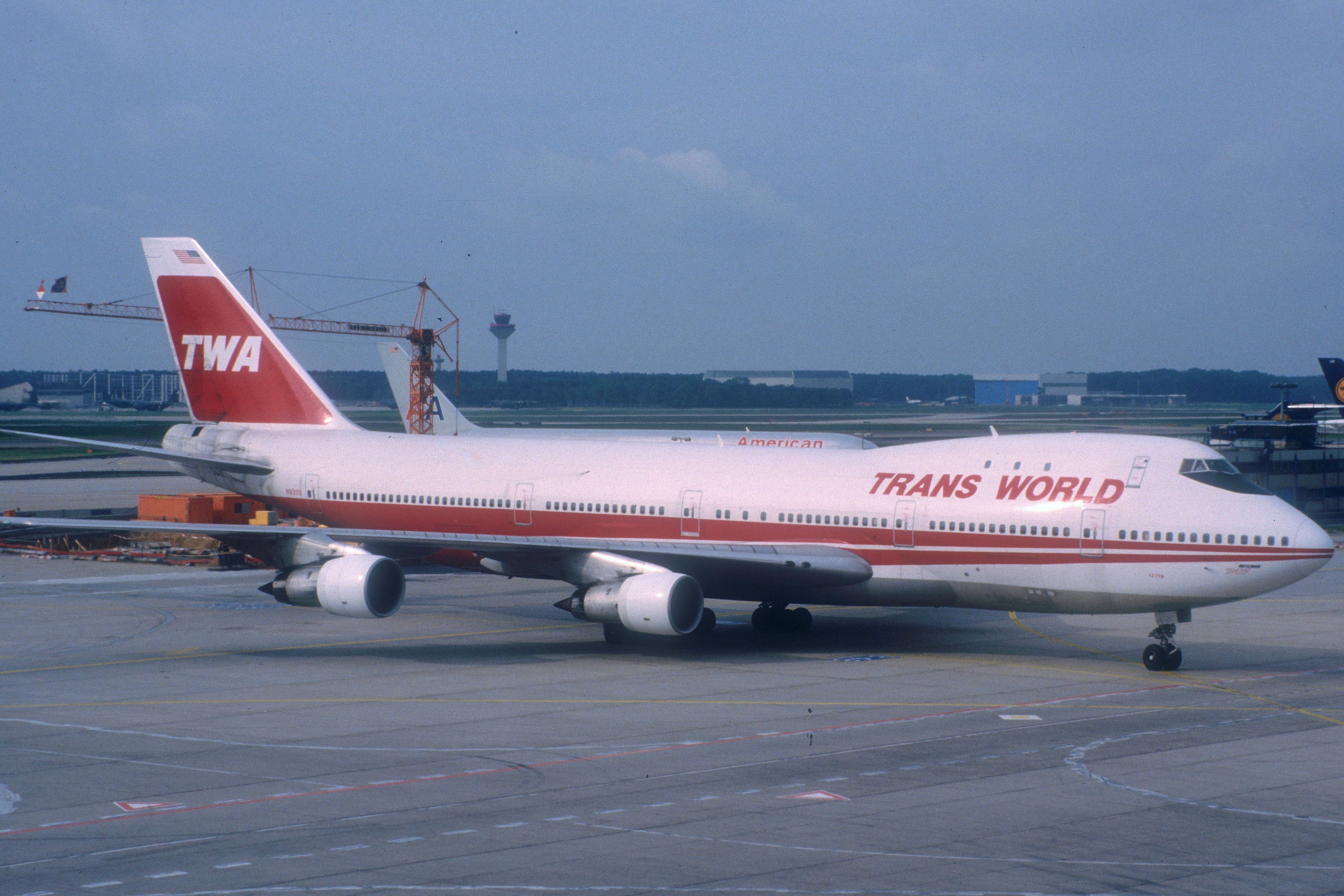
Find out more:
What Caused TWA Flight 800 To Explode In Mid-Air?
Preliminary investigation indicated the presence of a bomb onboard.
Trans World Airlines’ rich and varied history
TWA was acquired by American Airlines in 2001, and at the time of its acquisition, the carrier operated a total of 29 Boeing 727s. The rest of the airline’s fleet was made up of the following aircraft:
- 27 x Boeing 757-200
- 9 x Boeing 767-300ER
- 39 x McDonnell Douglas MD-82
- 64 x McDonnell Douglas MD-83.
Over the years, TWA also operated a number of iconic aircraft, including the Boeing 707 and Boeing 747.
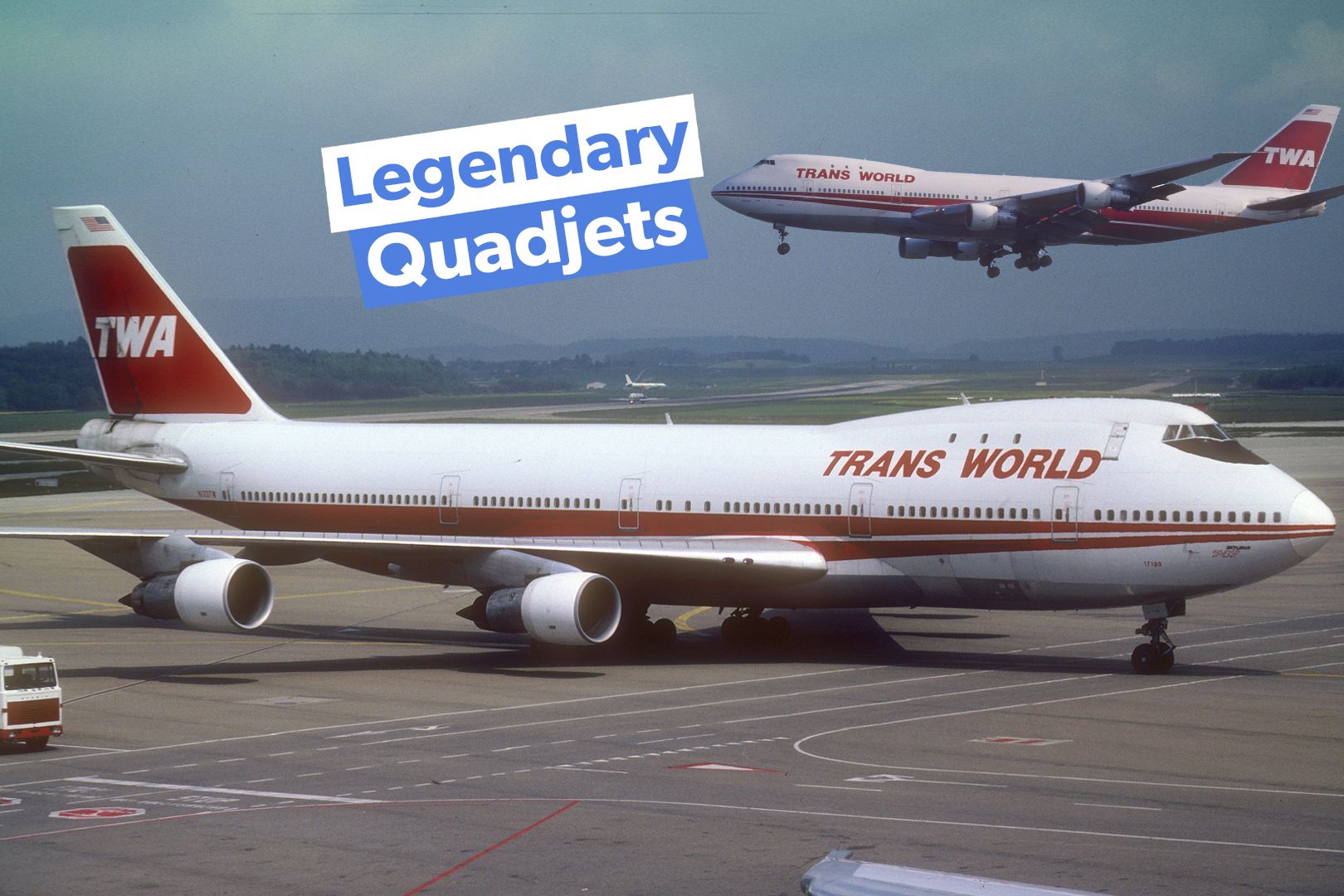
You might also like:
The Story Of TWA’s Boeing 747 Fleet
TWA operated Boeing 747s from 1969, with one catastrophically exploding and the rest being scrapped or sold off.

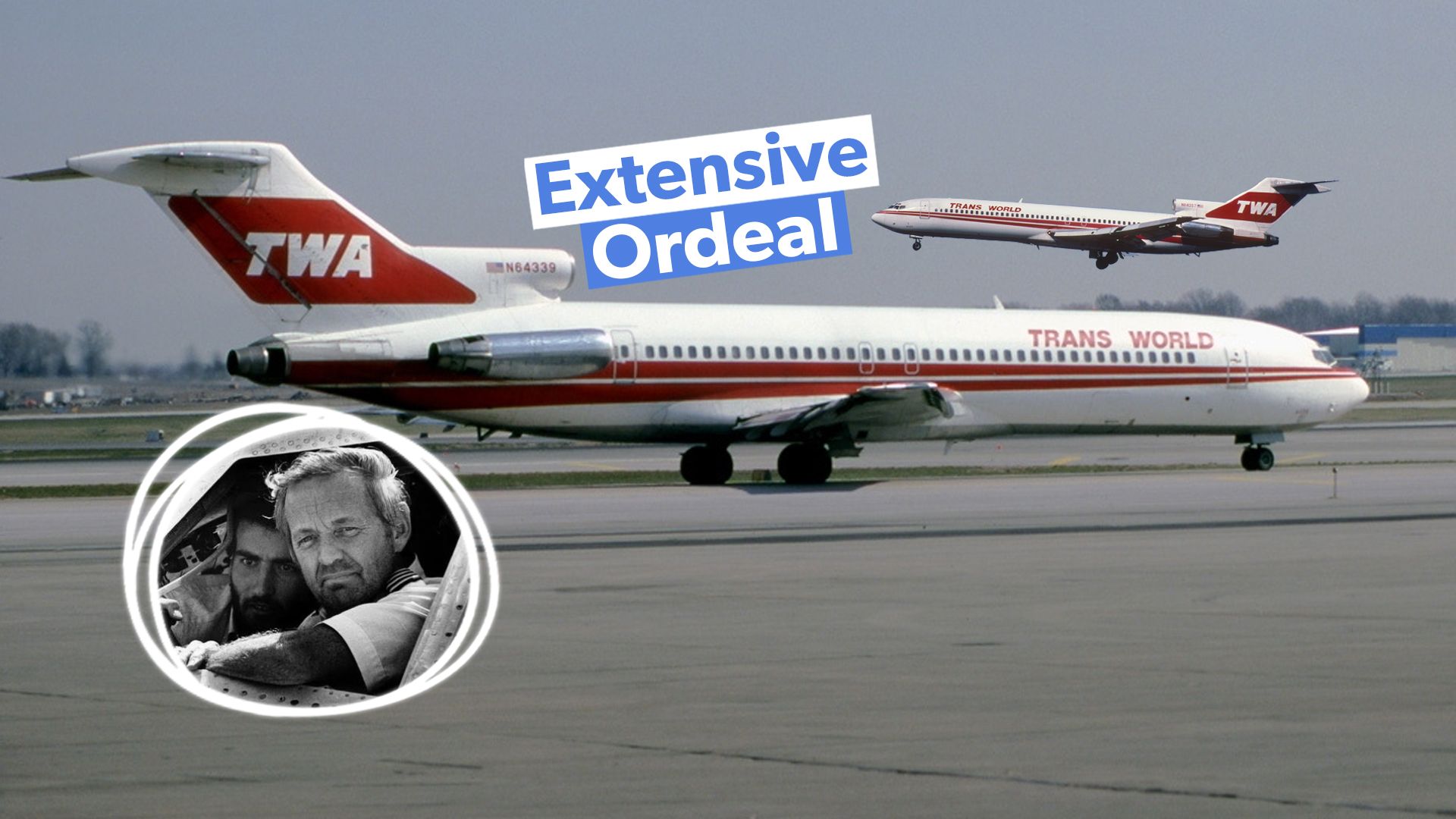
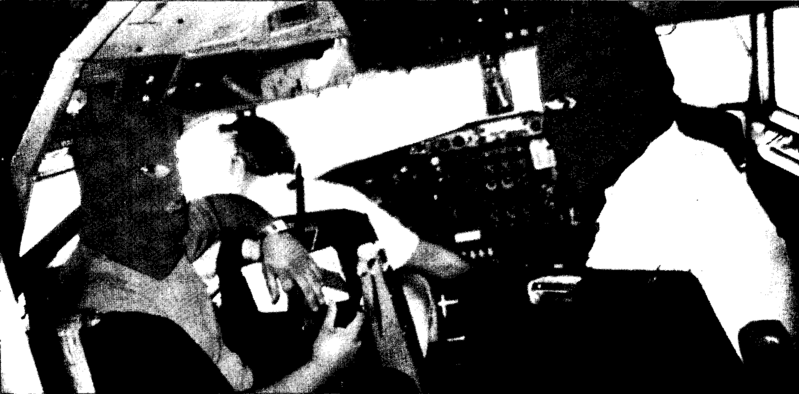
.jpg)
